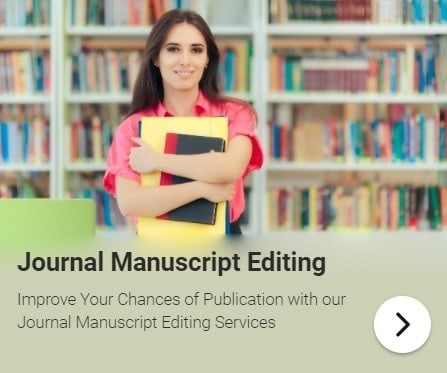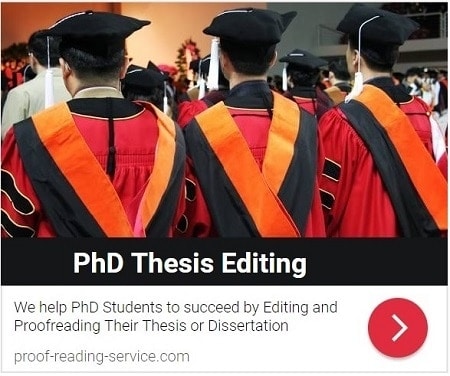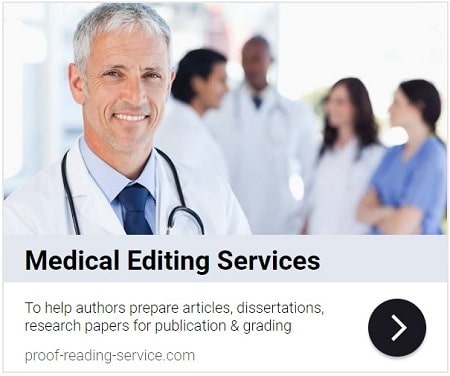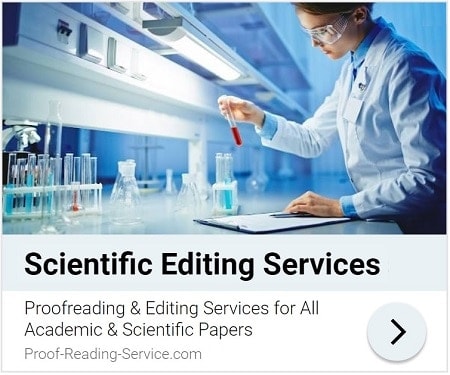
Linda Olson
D.Phil., English and Related Literature
All rights are reserved. No part of this publication may be reproduced, stored in a retrieval system or transmitted in any form or by any means, whether electronic or mechanical, via photocopying or recording, or otherwise, without the prior permission of the publisher.
Acknowledgements
I would like to thank all the scholars (students, professors and fellow academics) whose writing I’ve marked, edited and proofread over the years. Without them and their work, I could never have gained the knowledge and experience required to write this Guide. I am also grateful to René and Judith for their helpful comments while the Guide was in progress.
Table of Contents
Part I: What To Publish and Where To Publish It - Chapter 1
1. Essential Ingredients for a Successful Academic or Scientific Article
1.1 Research: Methods, Practices and Sources
Part I: What To Publish and Where To Publish It - Chapter 1
1.2 Evidence: Discoveries, Results and Data
Part I: What To Publish and Where To Publish It - Chapter 1
1.3 Argument: What Does It Mean and Why Is It Important?
Part I: What To Publish and Where To Publish It - Chapter 1
1.4 Minimum Publishable Units
Part I: What To Publish and Where To Publish It - Chapter 2
2. Targeting an Academic or Scientific Journal: The Right Paper in the Right Place
2.1 Choosing the Journal that Fits and Benefits Your Work
2.1.1 Range and Specialisation: Is It the Right Fit?
Part I: What To Publish and Where To Publish It - Chapter 2
2.1.2 Journal Importance, Citation Reports and Impact Factor: Will It Have the Right Effect?
Part I: What To Publish and Where To Publish It - Chapter 2
2.2 Shaping Your Work To Fit the Journal
Part II: Preparing, Presenting and Polishing Your Work - Chapter 3
3. Deciphering Journal Guidelines and Designing an Effective Presentation
Part II: Preparing, Presenting and Polishing Your Work - Chapter 3
3.1 Titles, Headings and Subheadings: Not Just Fancy Words
Part II: Preparing, Presenting and Polishing Your Work - Chapter 3
3.2 Paragraphs and Lists: Effective Presentation and Transition
3.2.1 Structured and Fully Developed Paragraphs
Part II: Preparing, Presenting and Polishing Your Work - Chapter 3
3.2.2 Using Lists Effectively
Part II: Preparing, Presenting and Polishing Your Work - Chapter 4
4. Journal Guidelines and Formal Scholarly English
4.1 British versus American English
4.2 Understanding Abbreviations
Part II: Preparing, Presenting and Polishing Your Work - Chapter 4
4.3 Punctuating Appropriately
Part II: Preparing, Presenting and Polishing Your Work - Chapter 4
4.4 Finding Your Scholarly Voice
4.4.1 Vocabulary: Formality, Precision and Variety
Part II: Preparing, Presenting and Polishing Your Work - Chapter 4
4.4.2 English Verbs: Tensing Up and Splitting Hairs
Part II: Preparing, Presenting and Polishing Your Work - Chapter 4
4.4.3 Using Pronouns Professionally and Clearly
Part II: Preparing, Presenting and Polishing Your Work - Chapter 5
5. Presenting Data and Sources Accurately and Effectively
5.1 Tables, Figures and Other Research Data: Guidelines and Good Practice
Part II: Preparing, Presenting and Polishing Your Work - Chapter 5
5.2 Last but Not Least: References, Citations and Quotations
5.2.1 In-Text Citations and Quotations: Where and How To Acknowledge Sources
Part II: Preparing, Presenting and Polishing Your Work - Chapter 5
5.2.2 Footnotes and Endnotes: Do You Need Them?
Part II: Preparing, Presenting and Polishing Your Work - Chapter 5
5.2.3 Reference Lists and Bibliographies: Niggling Details
Part II: Preparing, Presenting and Polishing Your Work - Chapter 5
5.3 Automatic Formatting: To Use or Not To Use
Part III: Communicating with Journal Editors: Submission, Acceptance, Revision and Rejection - Chapter 6
6. First Things First: Earning the Interest and Respect of an Academic or Scientific Editor
6.1 Covering Letters: First Impressions
Part III: Communicating with Journal Editors: Submission, Acceptance, Revision and Rejection - Chapter 6
6.2 Titles, Abstracts and Keywords: Sound Connections
6.2.1 The Very Beginning: The Title
Part III: Communicating with Journal Editors: Submission, Acceptance, Revision and Rejection - Chapter 6
6.2.2 Summing It All Up: The Abstract
Part III: Communicating with Journal Editors: Submission, Acceptance, Revision and Rejection - Chapter 6
6.2.3 Searching for the Right Terms: The Keywords
Part III: Communicating with Journal Editors: Submission, Acceptance, Revision and Rejection - Chapter 6
6.3 Ready and Willing: Submission Procedures
Part III: Communicating with Journal Editors: Submission, Acceptance, Revision and Rejection - Chapter 7
7. After Submission: Acceptance, Rejection and Revision
7.1 ‘Just What We’re Looking For’: The Successful Publishing Relationship
Part III: Communicating with Journal Editors: Submission, Acceptance, Revision and Rejection - Chapter 7
7.2 When ‘No’ Means No: Professional Departures and New Beginnings
Part III: Communicating with Journal Editors: Submission, Acceptance, Revision and Rejection - Chapter 7
7.3 ‘We’re Interested but…’: The Revision Process
7.3.1 Formatting, Structure and Referencing Style
Part III: Communicating with Journal Editors: Submission, Acceptance, Revision and Rejection - Chapter 7
7.3.2 Language and Clarity
Part III: Communicating with Journal Editors: Submission, Acceptance, Revision and Rejection - Chapter 7
7.3.3 Content: Methods, Data and Argument
Appendix: Sample Responses to Letters from Academic and Scientific Editors
Letter A.1: Earning or Confirming Serious Reconsideration or Conditional Acceptance
Letter A.2: Resubmitting a Paper after Necessary Revisions Have Been Made
This article is part of a book called Guide to Academic and Scientific Publication: How To Get Your Writing Published in Scholarly Journals. It provides practical advice on planning, preparing and submitting articles for publication in scholarly journals.
Whether you are looking for information on designing an academic or scientific article, constructing a scholarly argument, targeting the right journal, following journal guidelines with precision, providing accurate and complete references, writing correct and elegant scholarly English, communicating with journal editors or revising your paper in light of that communication, you will find guidance, tips and examples in this manual.
This book is focusing on sound scholarly principles and practices as well as the expectations and requirements of academic and scientific journals, this guide is suitable for use in a wide variety of disciplines, including Economics, Engineering, the Humanities, Law, Management, Mathematics, Medicine and the Social, Physical and Biological Sciences .
You might be interested in Services offered by Proof-Reading-Service.com
Journal Editing
Journal article editing services
PhD Thesis Editing
PhD thesis editing services
Expert Editing
Expert editing for all papers
Medical Editing
Medical Editing Services
Research Editing
Research paper editing services
Book Editing
Professional book editing services






